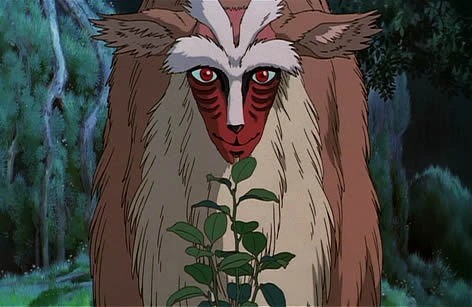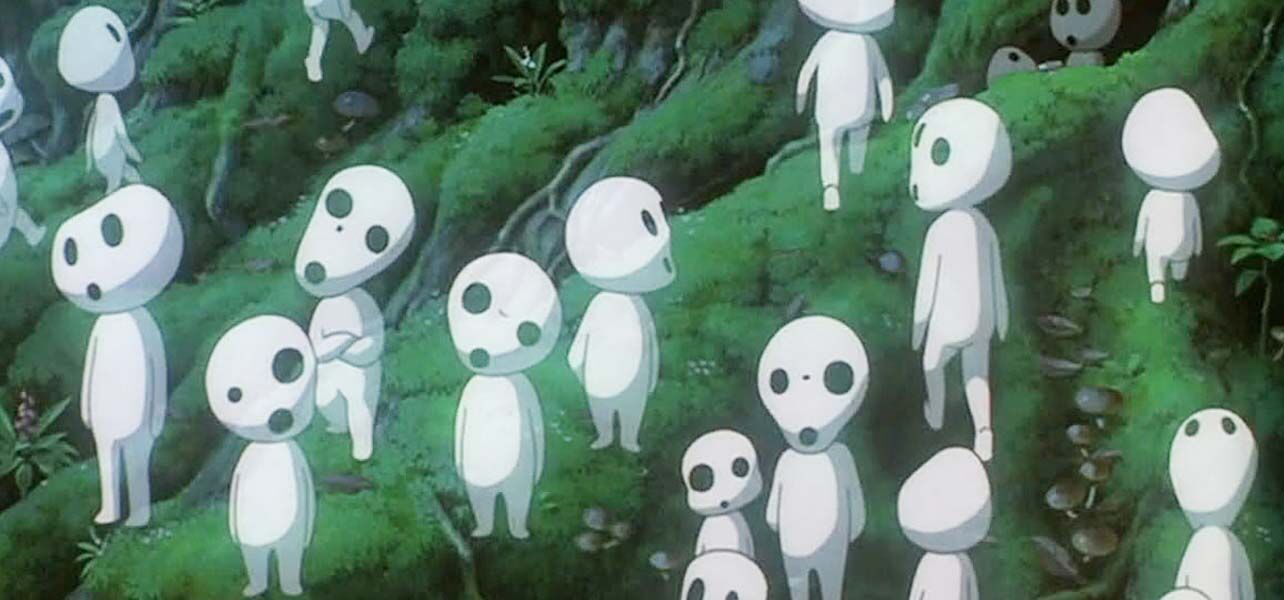Textual-Genre & Visual Analysis
October 9, 2022
Textual Analysis: President Abraham Lincoln speaking to the 166th Ohio Regiment: August 22, 1864
An analysis of Lincoln's speech to the 166th Ohio Regiment as they were about to depart back home. This speech was given spontaneously and without preparation; despite its shortness in length, Lincoln's words showed his ability to address the public without the need to prepare beforehand. In this short speech, he says,
"I suppose you are going home to see your families and friends. For the service you have done in this great struggle in which we are engaged I present you sincere thanks for myself and the country. I almost always feel inclined, when I happen to say anything to soldiers, to impress upon them in a few brief remarks the importance of success in this contest. It is not merely for to-day, but for all time to come that we should perpetuate for our children’s children this great and free government, which we have enjoyed all our lives. I beg you to remember this, not merely for my sake, but for yours. I happen temporarily to occupy this big White House. I am a living witness that any one of your children may look to come here as my father’s child has. It is in order that each of you may have through this free government which we have enjoyed, an open field and a fair chance for your industry, enterprise and intelligence; that you may all have equal privileges in the race of life, with all its desirable human aspirations. It is for this the struggle should be maintained, that we may not lose our birthright—not only for one, but for two or three years. The nation is worth fighting for, to secure such an inestimable jewel."
-Speech to One Hundred Sixty-Six Ohio Regiment, August 22, 1864, in Roy P. Basler, ed., The Collected Works of Abraham Lincoln (8 vols., New Brunswick, NJ: Rutgers University Press, 1953), 7: 512, http://quod.lib.umich.edu/l/lincoln/.
Lincoln's brief address to the soldiers returning home showed real gratefulness and compassion, shown in his choice of words as well as his organization. He acknowledges the act of going to battle as a 'great struggle', a struggle though that is worth the fight. He states that this nation is a struggle worth fighting for, and compares it to a priceless jewel. He also reminds those soldiers to be hopeful and enjoy the future, not only for their sake but the future generations in which they fought for. His words help to build a sense of encouragement, especially when he uses his own upbringing as a reminder that he came from very little, and was able to transform his life and the country as the President of the United States, something that children would want to aspire to be. He states that he acknowledges his time in office is limited, and he is only a temporary occupant of the White House; however, this reminder serves to point out that the children of those soldiers can also strive to be a similar difference maker in the world. Lincoln's speech is persuasive to critics of his ability to address crowds spontaneously and with continued wisdom, and helped to show his audiences, the 166th Ohio Regiment, his true gratitude of the work they have done.
Visual Analysis of Hayau Miyazaki's (Studio Ghibli) Princess Mononoke
Studio Ghibli has been well known for its extremely unique character design, use of animation, visual effects, setting and background, and beautifully written storylines. One of my personal favorite movies from this studio is Princess Mononoke, for a number of reasons, but I could focus only on the visual aspects for ages. The use of color in the film helps to give a truly impressive visual appeal, and is not only easy on the eye, but also eye-catching in all aspects. The film uses picturesque back drops and settings for every scene, with a similar theme throughout many of the movies. It is hard to point out visual discrepancies; the artwork in the film is always the right amount of vibrancy when necessary, or uses lower, more dull colors in moments meant to be dark or tragic. Character designs in all forms are unique and memorable, from human characters as well as other worldly and outlandish creatures that are almost hard to describe.



Character designs play a huge part of the nostalgia and memorability of this movie. Some examples of this can be seen in characters like the Shishigami, also known as the Deer God, and Kodamas, or small forest spirits. The design of these characters are both unique in their own regard. The Deer God, seen in the first image, uses an odd mix of characteristics, such as an oddly human animal face, branching horns, and slow but graceful body movement that gives it a memorable character that is shown reverence in the film (by most characters, without spoiling the movie). The character also has another form, seen in the second image, which it takes on after sustaining wounds after being attacked. This form uses a more celestial design, of which uses a different color gradient and a translucent body, showing more of a god-like depiction of the character. Kodamas, in the final picture, are simple in design but a useful means of getting an audience to remember certain aspects of the film; small and funny looking humanoid characters play well on memories of children, as this is one of the most memorable and nostalgic characters in the film.
This is a testament to Studio Ghibli's ability to create creatures and characters that are in a way more memorable than the protagonist characters in each film. The hard work they put in the animation and artwork is difficult to ignore; the artists clearly want films such as this to be appreciated for this, in conjunction with the story overall. Nostalgia plays a very big part of why these movies are so appealing. Color grading and animation aspects give reminders to watching similar movies at a younger age, and certain scenes can be truly heartwarming to say the least. Princess Mononoke is one of the most visually appealing Studio Ghibli movies personally, but in that same regard, it is hard to give any critiques to most movies from the studio.
Comments
Post a Comment